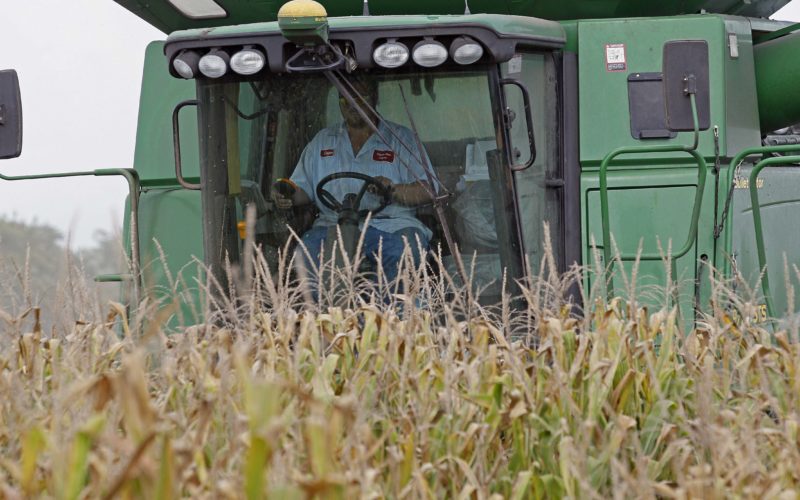ASHEBORO — During the Spring and Fall, the volume of farm equipment appearing on the road increases significantly. In the Fall, farmers are working hard to harvest crops in a narrow window of time with unpredictable weather. They rely on large equipment designed to aid them in these tasks, equipment that is not designed to match the speed of a common automobile on the road. Generally, this equipment will be travelling no more than 30 mph.
Public roads are dangerous with passenger vehicles and commercial vehicles interacting. Adding farm equipment increases accident risks for farmers and for motorists. Studies in N.C. in the 1960s resulted in new laws to protect everyone on our roadways. Those laws include special markings and lighting on slow-moving equipment.
According to the N.C. Farm Bureau, between 2015 and 2019, there were more than 1,000 accidents on N.C. roads involving farm vehicles. Studies show that most farm equipment crashes involve a non-farm vehicle. The Farm Bureau also says that an accident involving a farm vehicle is five-times more likely to result in a fatality than other road accidents.
When a motorist interacts with a farm vehicle on a road, there are several key principles to insure safety. It may seem easier to pass a tractor without slowing down than to follow the slower vehicle. But, sight lines on large equipment are not optimized for high-speed traffic so the operator may not be able to see a passing vehicle. A safer way to pass is to first slow down to give the farmer a chance to be aware that a vehicle is behind them.
Often a tractor will pull over when the driver notices a passenger vehicle. But drivers should not immediately assume that is what they are doing. Larger equipment often needs to make wide turns, so they may veer off to the side of the road just before making the turn. Mistaking this for pulling over could be costly. Left turns are especially dangerous for farm vehicles. According to the U.S. Bureau of Labor Statistics, the most common types of collisions involving farm vehicles are side swipes and angle crashes. These crashes typically occur when farm equipment is turning left and another vehicle attempts to pass.
New equipment may come with traffic signals, but older equipment may require the operator to use hand signals. Hill and curves may hide an approaching vehicle in the other lane. A car traveling at 70 mph requires almost 400 feet to stop.
Because of the increased risk of accidents during harvest season, Presidents since Franklin D. Roosevelt in 1944 have declared the third week of September as National Farm Safety and Health Week.
Never maneuver to pass unless you are certain it is safe. Above all, be patient. Everyone involved wants to get to their destination safely and patience goes a long way to make that happen.
Blake Szilvay is a Field Crops and Forestry Agent for N.C. Cooperative Extension, Randolph County Center

